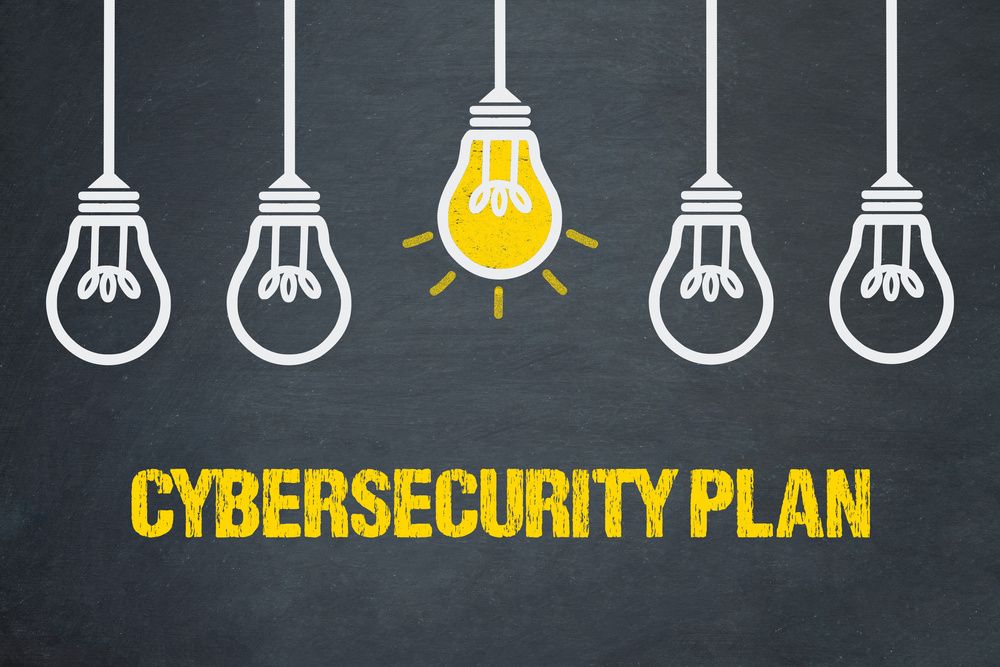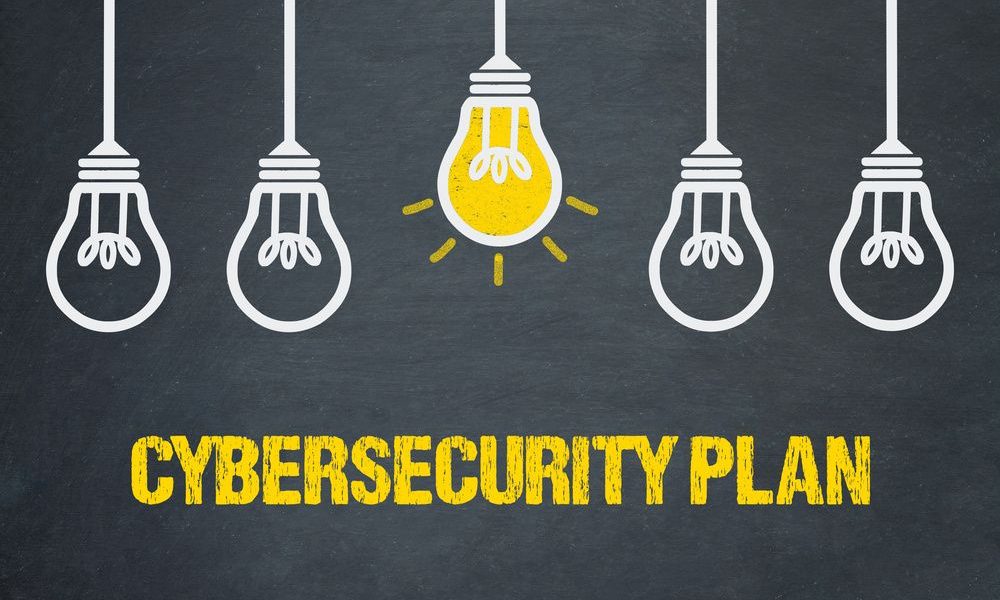The constant evolution of technology has been beneficial for businesses. But it’s also the same for cybercriminals. If you want your company to maintain a competitive edge in the industry while at the same time ensuring the highest level of security, having a cybersecurity plan for the upcoming year is a must.
Cybercrime can come in various forms ranging from malware, phishing, insider threats, ransomware, and more.
It should be a priority especially when your business is undergoing changes, such as having employees work remotely. Regardless of the size of your company, a cybersecurity plan plays a key role in protecting against cyberattacks during these big developments.
As cybersecurity threats continue to be the main concern for businesses, starting on the right path is crucial.

One way to ensure a head start is to partner with experts like Secure Logic and other similar providers in your area.
How To Create A Cybersecurity Plan

With every new year comes a new set of challenges for cybersecurity. There’s no one-size-fits-all approach when developing a cybersecurity plan since every company has unique needs.
Regardless, here are key pointers on how to build a cybersecurity plan for your business:
1. Perform A Security Risk Assessment
The first task is to conduct a security risk assessment. Doing so allows your company to pinpoint and adjust its overall security posture.
Consider this a crucial step necessary to obtain the commitment of the management to allocate resources and implement suitable security solutions. The assessment will also determine the overall value of the different types of data produced and stored throughout your company.
One way to accurately assess risk is to pinpoint the highly valuable data sources, where they’re being stored, and potential weak points.
Also Read: Outline Your Cybersecurity Expertise with (ISC)² CISSP Exam
2. Assess The Technology Your Company Utilizes
Another aspect of your cybersecurity plan is knowing the technology you use. Upon identifying your company’s physical and digital assets, you need to determine if your current systems can ensure the best level of security while meeting the best practices.
You should also know how it functions, who supports the technology, and what to do when it runs into problems from internal leaks or outside attacks.
3. Acquire The Necessary Skills And Resources Or Go For Outsourcing
As a business owner, you must fully understand the potential risks of a cyberattack. Developing a solid cybersecurity plan can greatly help mitigate such risks.
You have the option to hire cybersecurity experts or outsource it to a third-party provider. Alternatively, providing ongoing training on cybersecurity to your workforce can help participate in your protection efforts.
Making a cybersecurity plan takes considerable time and effort. If you need more resources to develop and carry out a plan in-house, you can always turn to professionals.
Working with a reputable provider will help you understand potential security risks, detect vulnerabilities in your current system, and cultivate a plan to ensure data remains secure on all fronts.
4. Perform Regular Monitoring And Updating
Cybercriminal activity is keeping pace with digital innovations. Even if you have a superior cybersecurity plan, it requires constant monitoring and evaluation to ensure its efficacy.
Prioritize some of the basic tasks such as encrypting networks and devices, installing antivirus and malware programs, decommissioning inactive devices or users, optimizing the firewall settings, and keeping everything up to date on security developments.
Remember that your cybersecurity plan shouldn’t be a one-and-done deal. It should continuously adapt and develop as your business needs and technology evolve.
5. Be Ready With A Response Plan And System Backup
While having a robust security system in place greatly minimizes the chances of cyberattacks, the possibility of one getting through and doing considerable damage is never zero. Cybercriminals will look for any potential weak points to infiltrate your system at any point in time.
In case a cyberattack happens, you should have a robust response plan prepared. This involves having all critical systems backed up, ideally on the cloud.
You should also ensure timely communication with all departments on what they need to do. A concrete response plan helps lessen potential losses, disruption, and extended downtimes after an incident.
6. Develop Concrete Access Control Protocols
As part of your cybersecurity plan, the access control protocols should be given consideration. Having them helps determine and regulate who can get access to certain resources.
If you want to ensure only authorized users can access specific networks, create personal accounts for all employees and stress the importance of creating strong passwords. You also have the option to limit access to data systems, servers, and networks.
7. Evaluate Your Cybersecurity Plan
Ongoing support is the penultimate phase in creating your company’s cybersecurity plan. Remember that malicious actors will always be on the lookout for any vulnerabilities.
So, your cybersecurity plan should undergo constant monitoring and testing to ensure the plan’s objectives align with current threats.
If you want to ensure your plan stays on the right track, here are several key considerations to keep in mind:
- Perform yearly risk assessments: The parameters of your cybersecurity plan rarely change since it must align closely with the company’s objectives. However, cyberthreats change more often. In such instances, make it a priority to revisit your plan to determine any gaps or inconsistencies. A yearly review is usually recommended to make the necessary adjustments.
- Maintain a board of key stakeholders: They play a crucial role in the success of your cybersecurity plan since they provide resources and ongoing support and are accountable for enabling success.
As you can see, continuous assessment of your cybersecurity plan should be a priority to ensure the best level of security amid evolving challenges.
8. Conduct A Penetration Test
Once you secure your company’s network and implement the necessary cybersecurity measures, you top it all off with a penetration test. Consider hiring a reputable penetration tester or ethical hacker to conduct the test.
The whole thing involves infiltrating your network to determine if there are potential weak points. This is crucial to eliminate any vulnerabilities and improve overall security.
Also Read: What Motivates the Hacker to Hack?
How Protect Are You?
Any cybersecurity threat shouldn’t be taken lightly since the impact of a data breach can put a business on the sidelines while negatively harming its reputation.
Creating a cybersecurity plan for the upcoming year is therefore a priority. With the help of these valuable insights, you can ensure your company maintains a competitive edge while staying safe from cybersecurity threats.












